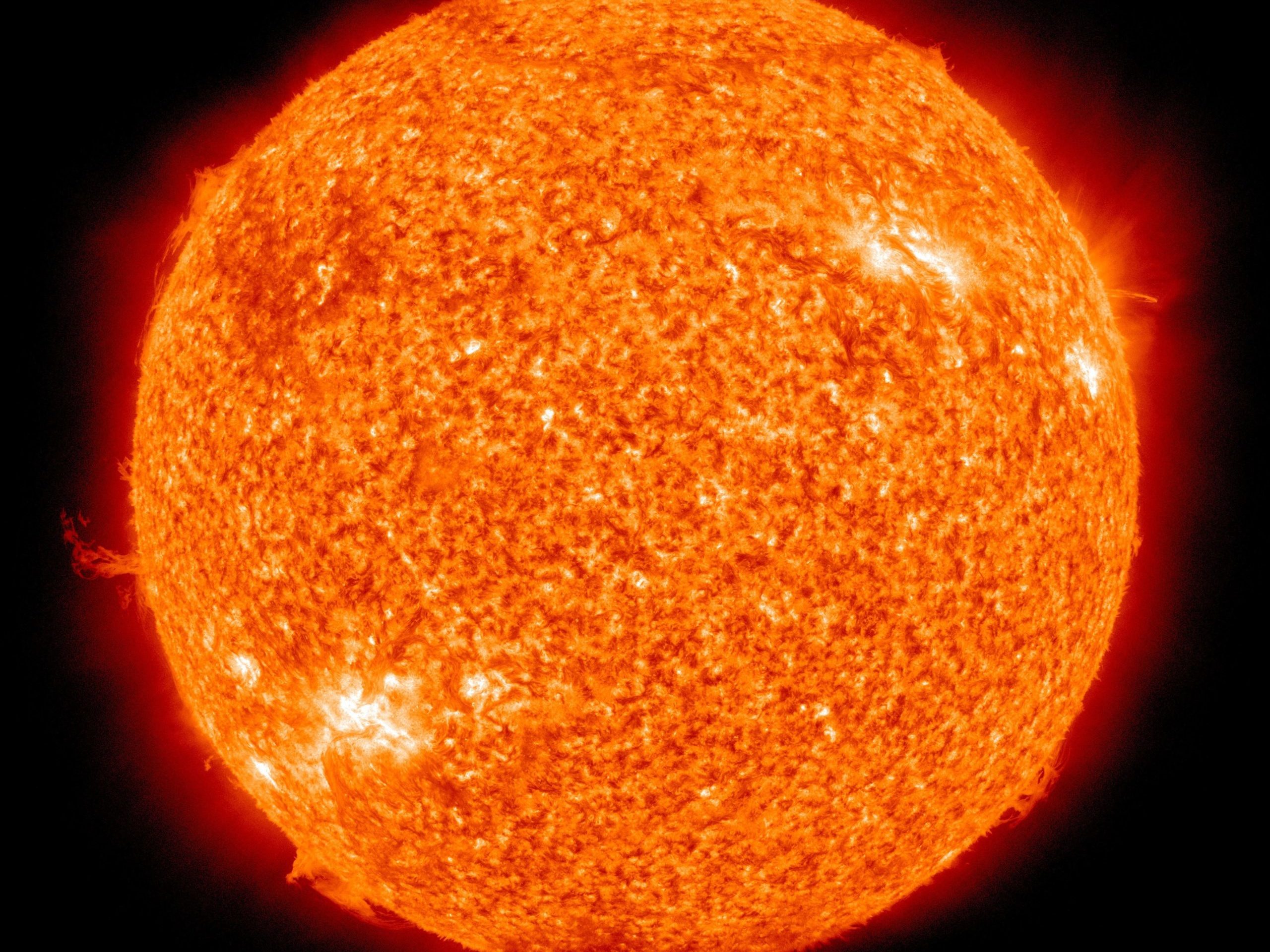12/19/22
On December 5th, researchers at the National Ignition Facility (NIF) in California achieved a breakthrough in nuclear fusion technology. While the technology has been researched for decades, this is the first instance where the energy output is greater than the energy input, passing the energetic break-even point. This indicates nuclear fusion could be used as an alternative energy source. The concept of nuclear fusion comes from the sun and other stars, where hydrogen isotopes combine into helium, releasing energy and contributing to the power of stars. The high mass and temperature of stars offer the perfect conditions to force these atoms together for continual fusion. The sheer power of man-made nuclear fusion has already been witnessed: hydrogen bombs use nuclear fusion as the secondary explosive reaction, which can be more powerful than an atomic bomb. However, recreating fusion energy in a controlled way has proved to be much more difficult.
Nuclear fusion has been a significant focus for alternative energy due to several factors. Fusion could generate a greater amount of energy per mass than traditional fossil fuels and nuclear fission. There is also no radioactive waste generation, which is the most significant environmental concern with current nuclear fission practices. Thus, the first successful energy gain from nuclear fusion is an exciting development, but the technology is still far from any industrial use. The hydrogen reactants had to be heated to approximately 5.4 million degrees Fahrenheit to achieve a plasma state of matter, which allows the hydrogen nuclei to overcome electrostatic forces and fuse. The only laser powerful enough to achieve this is housed in a stadium-sized NIF facility, and the lasers themselves are inefficient at drawing and converting electrical power, so while the reaction itself had a net gain in energy, the facility still used 100 times more energy than the reaction produced. Nevertheless, now that fusion energy has been achieved, further efforts can be provided to simplify and expedite nuclear fusion practices.
The introduction of nuclear fusion to the public as a clean alternative energy source has also reintroduced discussions of the current state of climate change. While the advancement of zero-carbon nuclear fusion technology is an exciting prospect, it may not come soon enough: the 2015 Paris Accords estimated that we need net-zero emissions before 2050 in order to prevent the worst effects of climate change. Given that it took 60 years to reach the energetic break-even point of nuclear fusion, it is difficult to imagine that the process of engineering and economic optimization will be completed in less than 30 years. Climate change remains an issue without a singular solution.
Ultimately, the achievements of researchers at the NIF should not be understated. Being able to pass the break-even threshold is a remarkable advancement, and proves that this source of energy is not purely theoretical. Nuclear fusion is seemingly one of the best options to replace fossil fuel and nuclear fission energy if we are able to safely tap into its potential. Beyond that, nuclear fusion could even be used to propel rockets for space exploration. In the meantime, however, it is important to focus efforts on currently available practices to reduce emissions.

